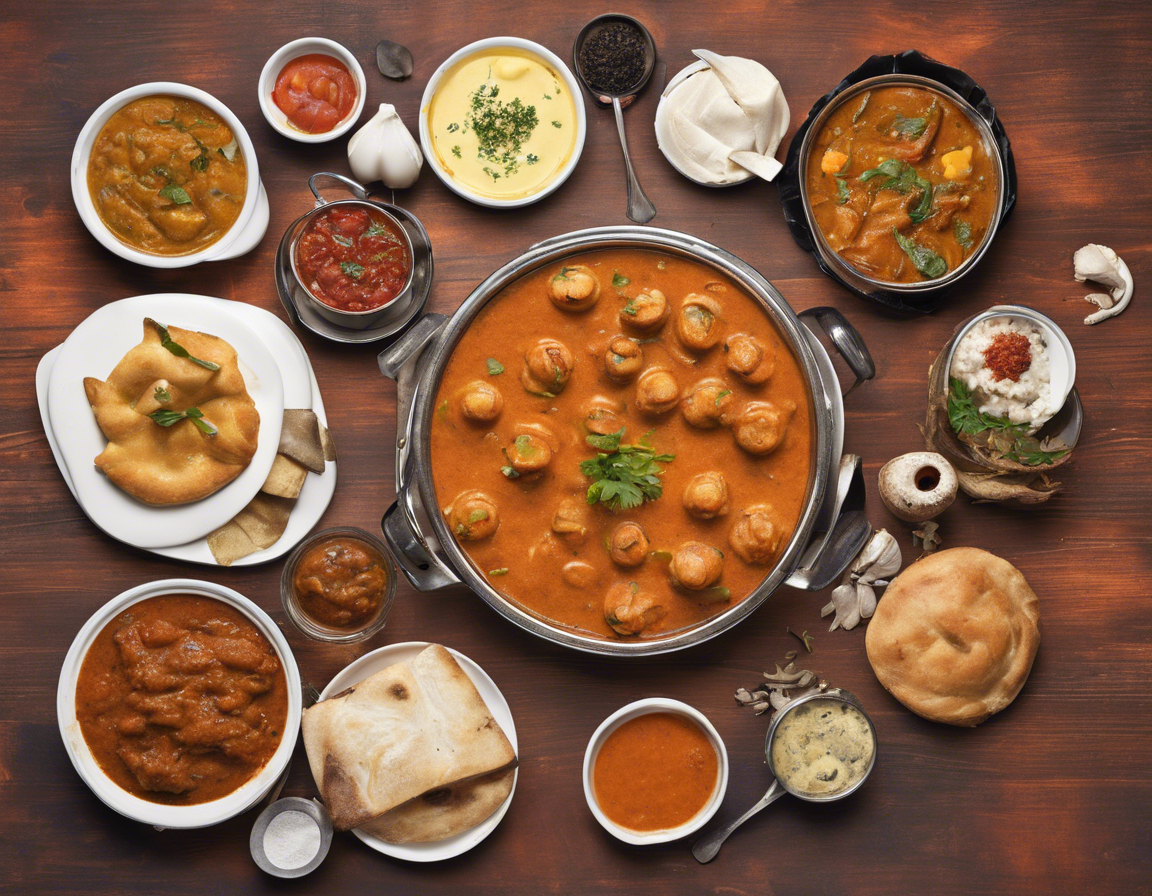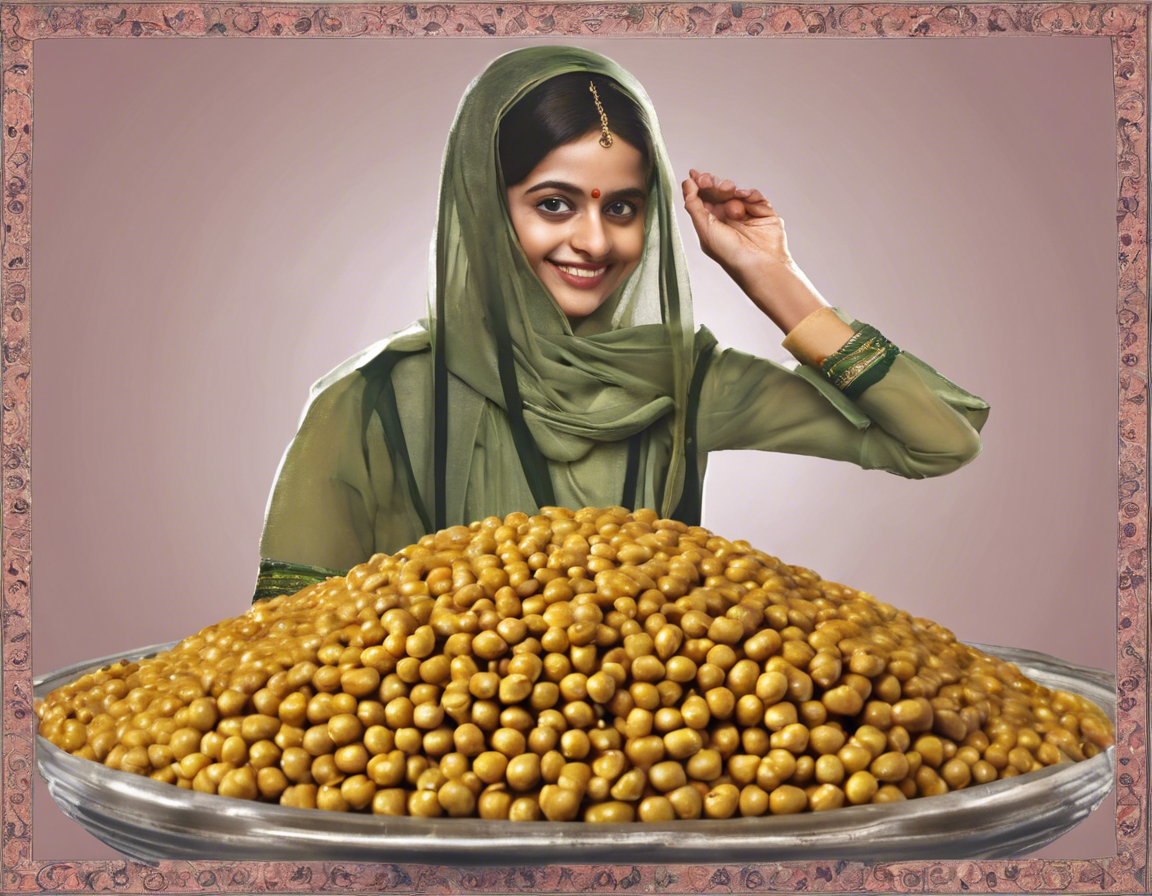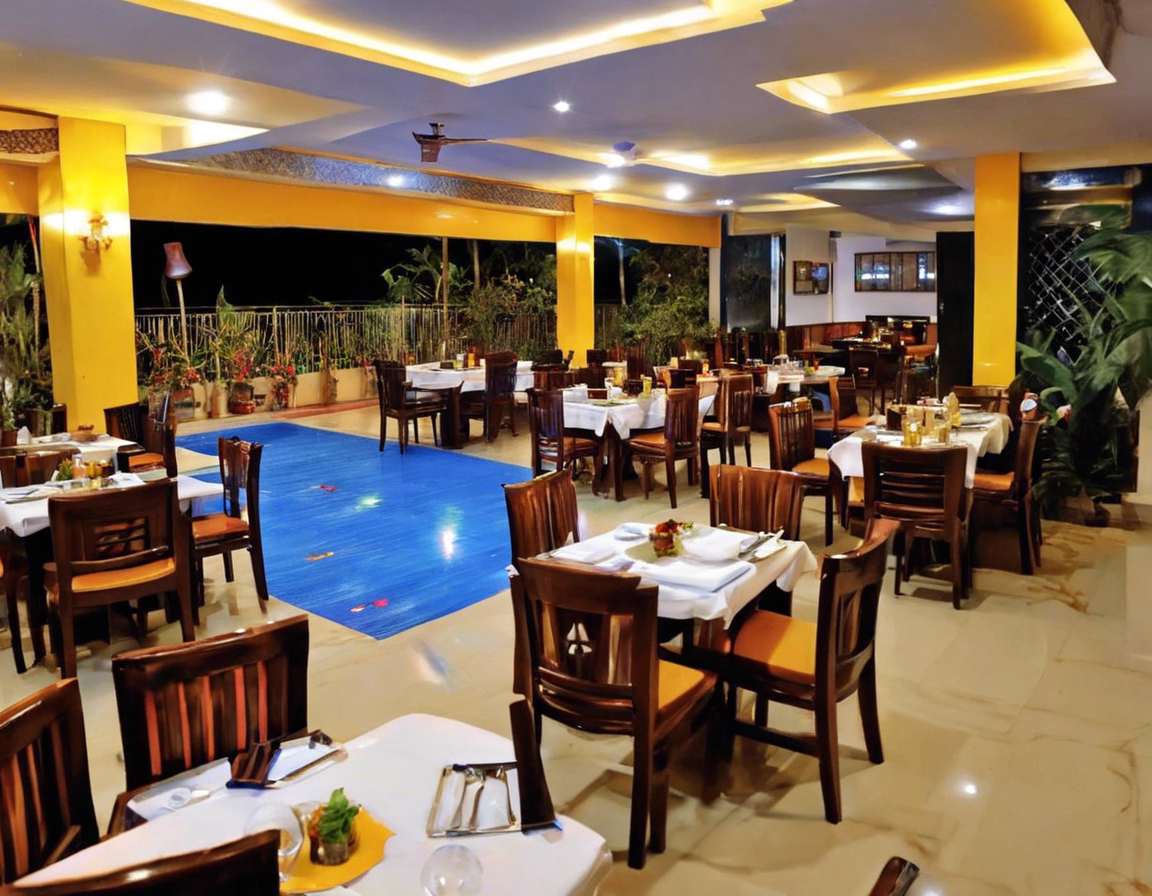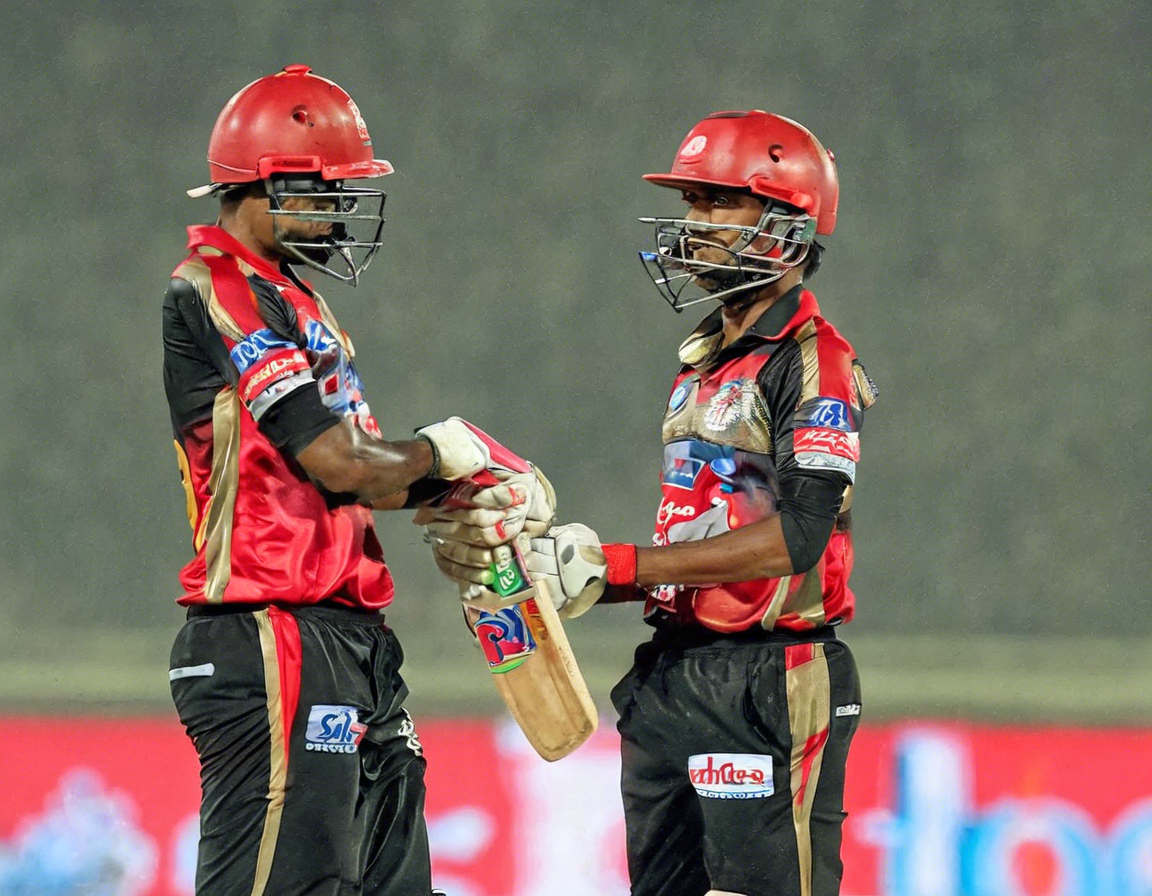As travel barriers shrink and global connections strengthen, Indian cuisine has managed to captivate taste buds worldwide, including in the heart of Europe. The European Union (EU) has developed a profound appreciation for the diverse flavors and spices that define Indian culinary artistry. This love affair with Indian cuisine goes beyond just the delectable dishes; it represents a fusion of cultures, histories, and palates that have come together to create a unique gastronomic experience. Let’s delve into the reasons behind the EU’s infatuation with Indian cuisine and how it has made its mark across the continent.
The Rise of Indian Restaurants in the EU
Indian restaurants have become a ubiquitous presence in European cities, from the bustling streets of London to the quaint alleys of Paris. The proliferation of these eateries speaks to the growing demand for Indian flavors and aromas among European diners. What sets Indian cuisine apart is its vibrant array of spices, herbs, and cooking techniques that promise a sensory journey like no other.
Authenticity and Innovation
One of the key reasons for the popularity of Indian cuisine in the EU is the authenticity and innovation it offers. While traditional dishes like Biryani, Butter Chicken, and Paneer Tikka continue to reign supreme, contemporary twists and fusion creations cater to evolving tastes. Chefs across Europe are experimenting with Indian ingredients and recipes, giving rise to a new wave of culinary delights that marry tradition with modernity.
Health and Wellness Trends
The EU’s emphasis on health and wellness has also contributed to the embrace of Indian cuisine. Known for its use of fresh vegetables, lean proteins, and aromatic spices, Indian dishes often align with the principles of a balanced diet. Turmeric, cumin, and coriander are not just flavor enhancers; they are also hailed for their potential health benefits, making Indian food a popular choice for health-conscious consumers in the EU.
Cultural Exchange and Exploration
Food has the incredible power to transcend borders and foster cultural exchange. Through Indian cuisine, Europeans get a taste of India’s rich heritage, culinary traditions, and regional diversity. From the fiery curries of South India to the delicate sweets of Bengal, each dish tells a story that resonates with diners seeking more than just a meal – a culinary journey that transports them to distant lands.
Sustainability and Ethical Dining
In an era where sustainability and ethical dining practices are in the spotlight, Indian cuisine shines for its emphasis on vegetarian and vegan options. Dal, Chana Masala, and Aloo Gobi are not just delicious vegetarian dishes but also environmentally friendly choices that align with the EU’s vision for a greener future. The use of legumes, grains, and spices in Indian cooking highlights a plant-forward approach that appeals to conscientious consumers.
Culinary Tourism and Food Festivals
The EU’s love for Indian cuisine is further fueled by culinary tourism and food festivals that celebrate the diversity of global flavors. Events showcasing Indian street food, regional specialties, and traditional cooking techniques draw in crowds eager to expand their gastronomic horizons. From interactive cooking demonstrations to spice markets, these experiences offer a glimpse into the vibrant tapestry of Indian culinary heritage.
Fusion Trends and Cross-Cultural Collaboration
As boundaries between culinary traditions blur, fusion trends have emerged as a testament to the creative possibilities of cross-cultural collaboration. European chefs partnering with Indian culinary experts have given rise to innovative dishes that combine the best of both worlds. Whether it’s Naan Pizza or Tandoori Salmon, these fusion creations reflect the harmonious blend of flavors and techniques that define the evolving culinary landscape in the EU.
FAQs about Indian Cuisine in the EU
1. What are some must-try Indian dishes in European restaurants?
– Some must-try dishes include Chicken Tikka Masala, Samosas, Tandoori Chicken, and Gulab Jamun.
2. Is Indian cuisine in the EU authentic or adapted to local tastes?
– While many Indian restaurants in the EU offer authentic dishes, some may adapt flavors to suit local preferences. It’s always good to ask about the chef’s style of cooking.
3. Are there regional Indian specialties available in European cities?
– Yes, you can find regional specialties like Goan Fish Curry, Rajasthani Lal Maas, and Kerala Appam in select Indian restaurants across the EU.
4. How popular is Indian street food in the EU?
– Indian street food, such as Pani Puri, Vada Pav, and Chaat, is gaining popularity at food festivals and trendy eateries in European cities.
5. Are there vegan-friendly options in Indian restaurants in the EU?
– Yes, many Indian restaurants offer a wide range of vegan-friendly dishes, including Baingan Bharta, Chana Masala, and Vegetable Biryani.
In conclusion, the EU’s love affair with Indian cuisine is a testament to the culinary bridges that connect diverse cultures and palates. From traditional curries to contemporary fusions, Indian food continues to captivate European diners with its aromatic spices, vibrant colors, and rich flavors. As this gastronomic romance unfolds, it not only satisfies appetites but also fosters a deeper appreciation for the art of cooking and the joy of shared meals.



